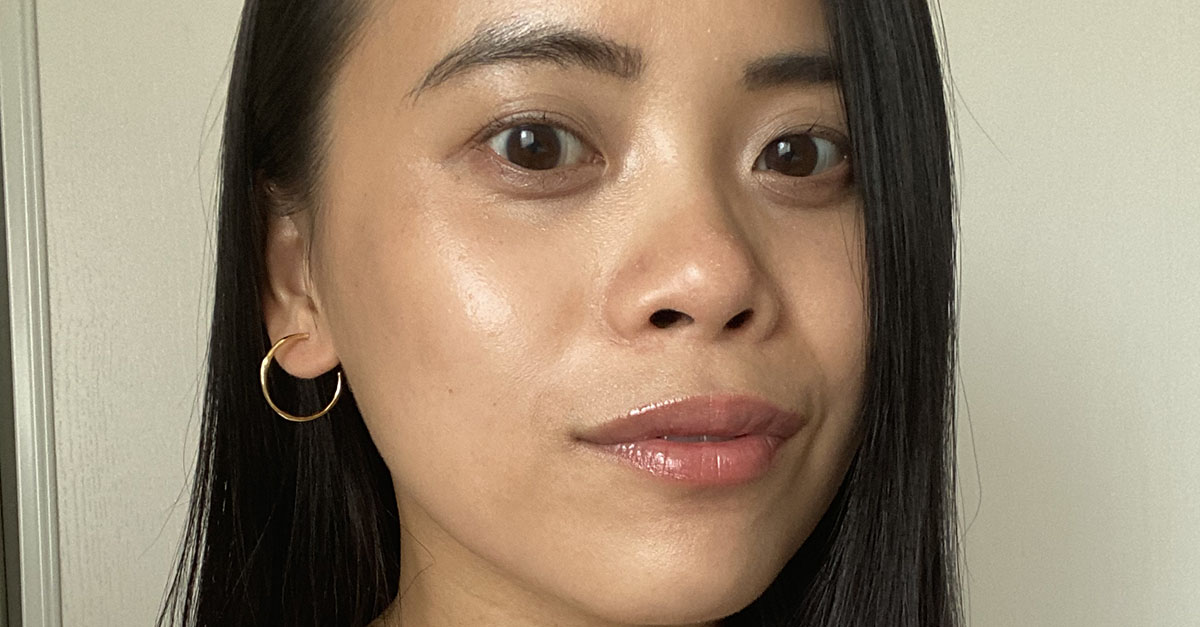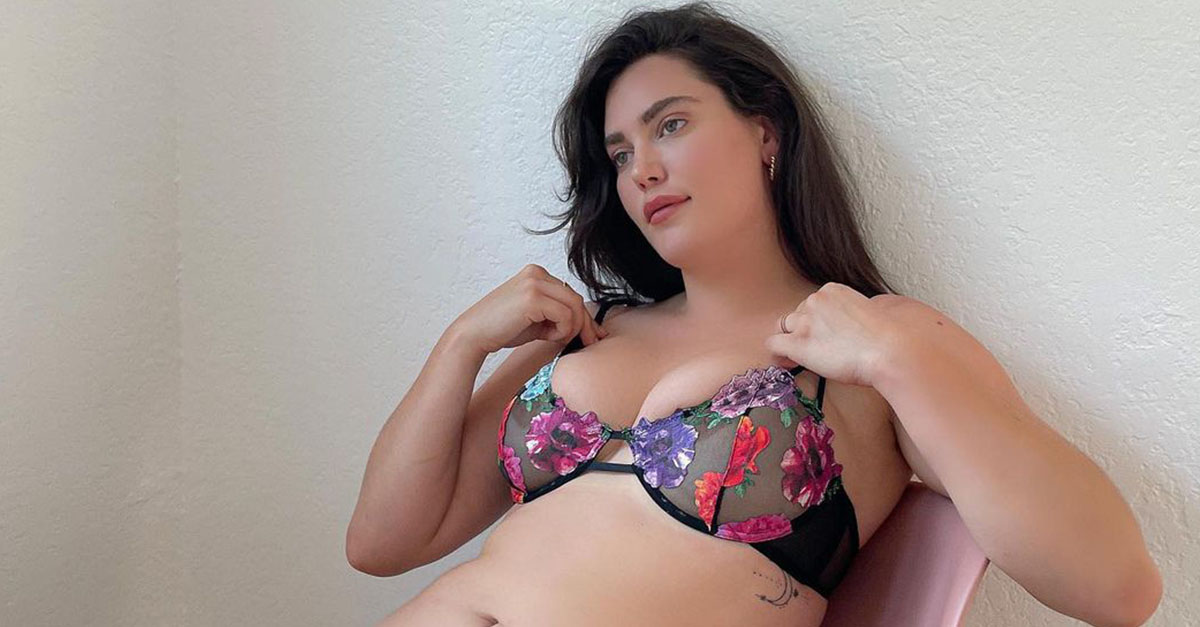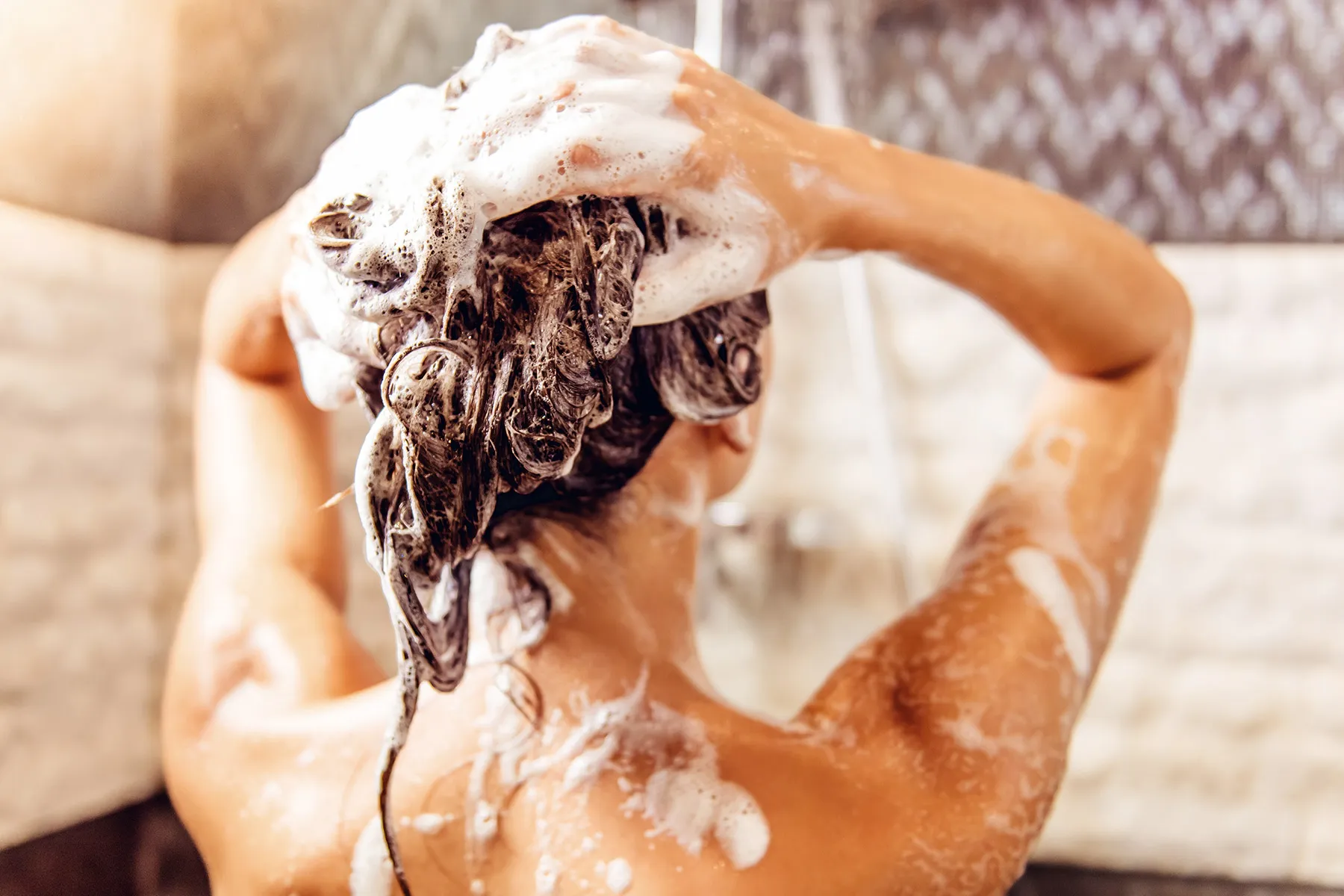I Slept On This "Controversial" Product for Years, and Now I Have Regrets
It's done amazing things for my mature, acne-prone skin.

As a beauty editor, treatments and ingredients that are considered weird and out-there tend to intrigue me more than scare me. But there are certain skincare products that I haven’t regularly incorporated in my routine, no matter how popular or ubiquitous they are—one being face oils. Because my skin type is historically oily-to-combination and breakout-prone, I’ve been way too afraid to use them consistently, thinking they'd make the whole acne-and-oil situation worse, not better.
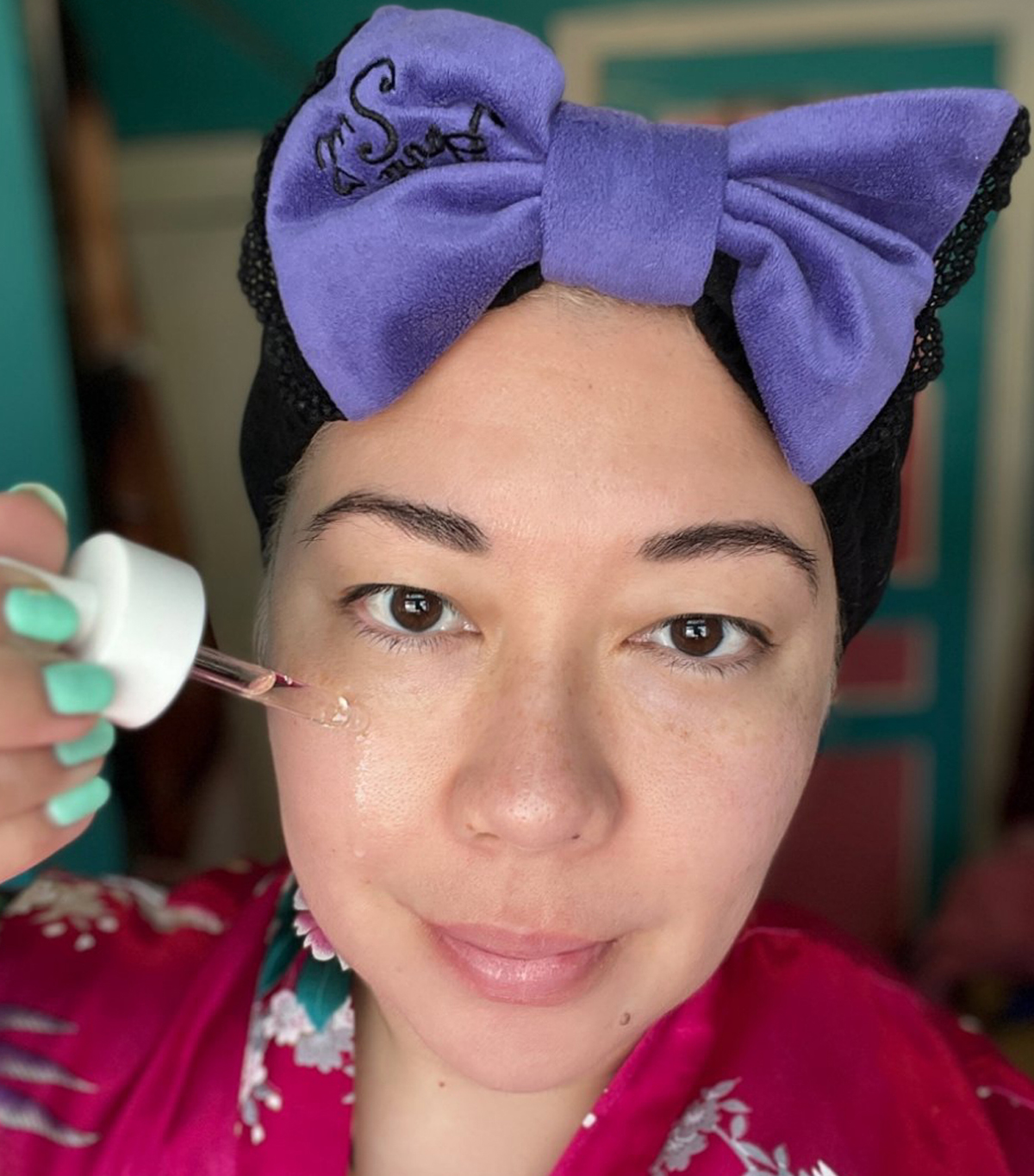
However, times are a-changin‘. I’ve officially entered perimenopause, and the obvious physical changes I’ve witnessed (aside from my menstrual cycle) have to do with my skin. It’s drier! Never once would I think I’d see the day that I wished for my face to look greasy by 5 p.m. To supplement, I’ve been doing what I never thought I’d do: using facial oils more frequently. I’ve found myself especially loving the ones that have a range of botanicals—not to mention cult followings—such as the Vintner’s Daughter Active Botanical Serum ($195), which is packed with numerous powerful plants including calendula, turmeric, carrot seed, sea buckthorn, and tons more that nourish, protect, balance, and rejuvenate the skin.

Saint Jane Beauty, which made my favorite primer of last year, is known for its botanically packed formulas. I’ve been enjoying its newest launch, the Superflower Detox Serum ($88), which is all about purifying pores and protecting the skin from outside stressors. It’s supposed to be like a “green juice” for your skin. (It also smells heavenly.)
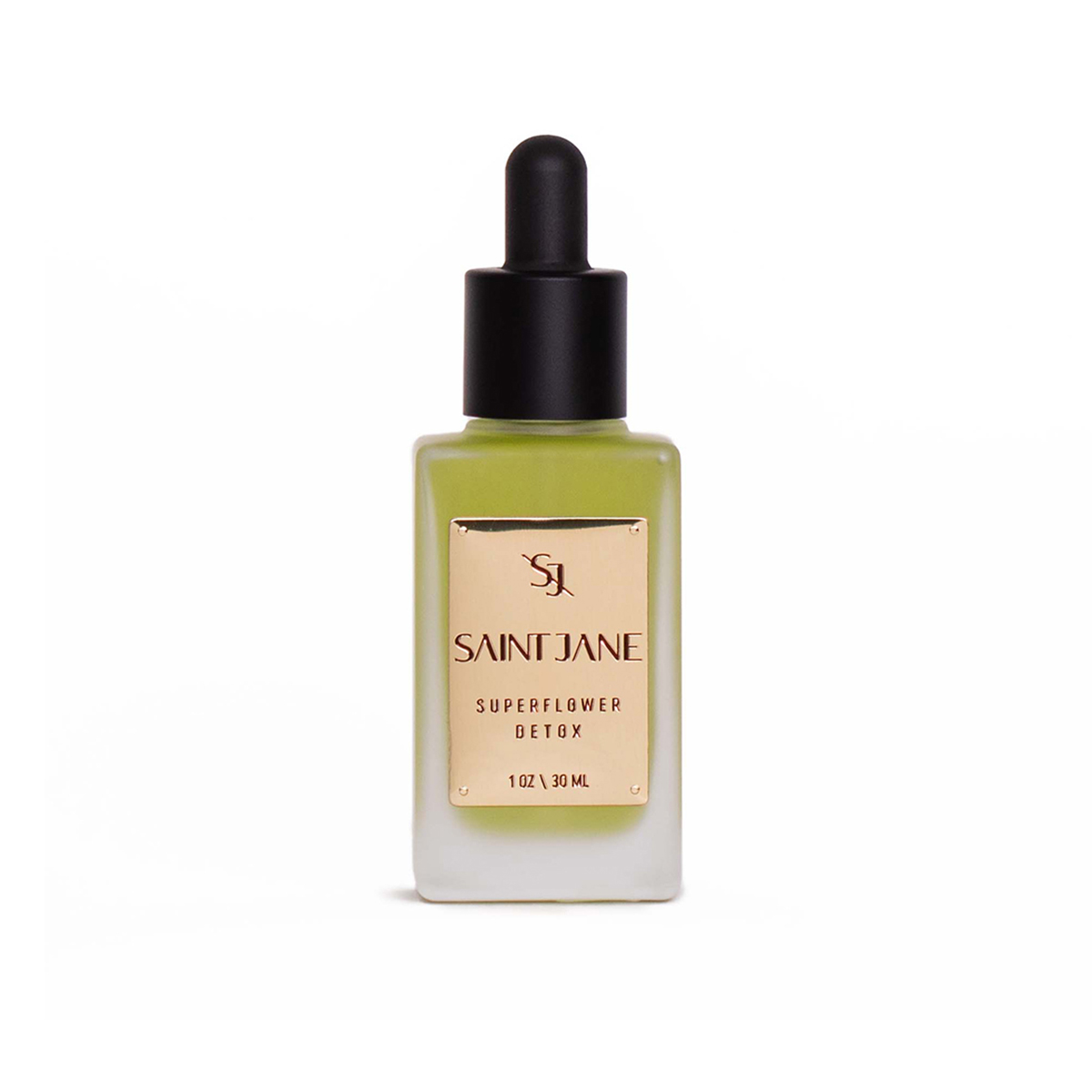
Another face oil I’ve been using regularly is The Outset Ultralight Moisture-Boosting Botanical Oil ($44). Alongside the brand’s proprietary Hyaluroset Complex, the oil contains Abyssinian, which is rich in omega fatty acids, and avocado, which reduces free radical harm. (This oil was easy to add to my usual routine since the entire line became a serious go-to for me last year.)
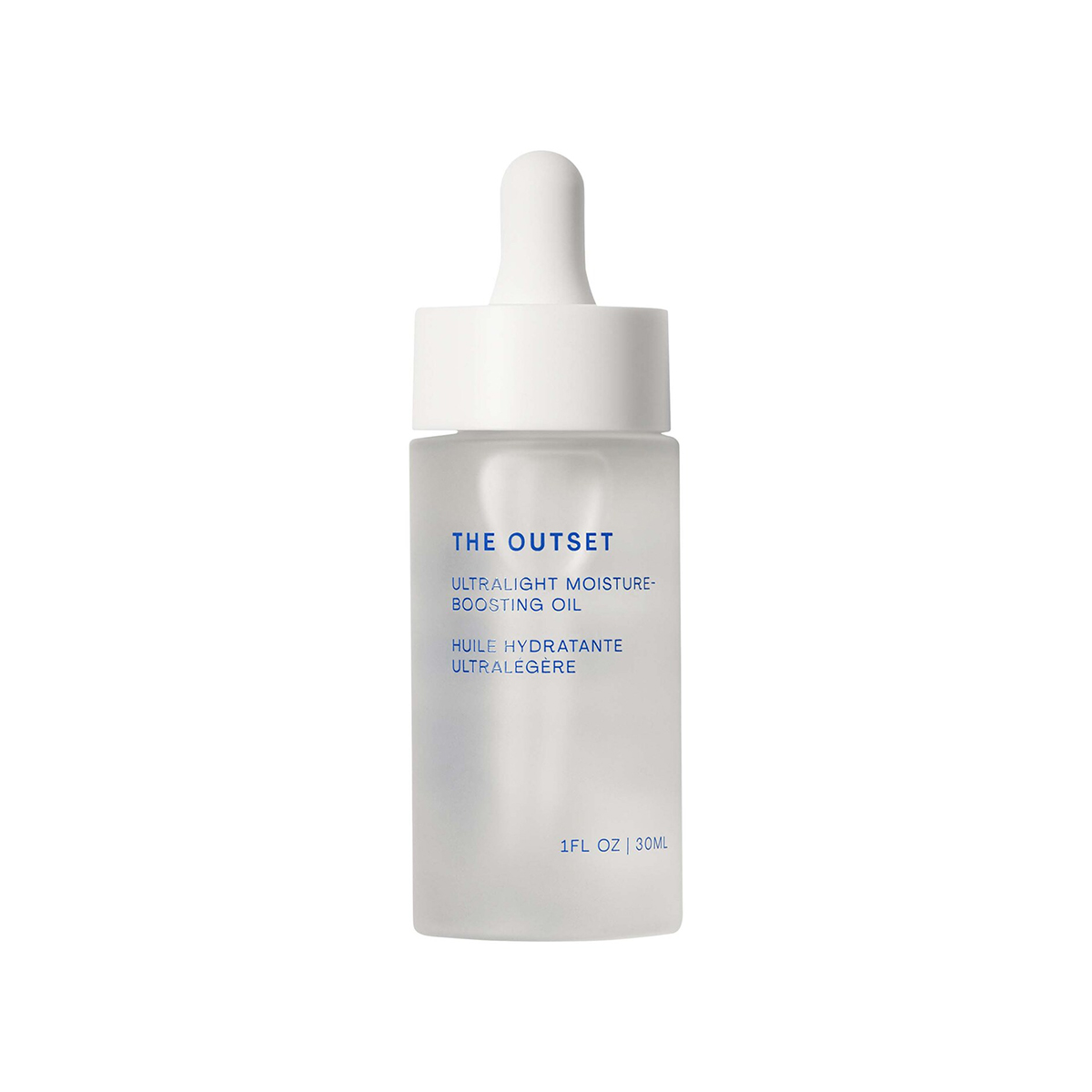
Last but certainly not least, of course, is Pili Ani. As a huge fan of the Philippine-owned brand, I’ve used this oil the most to help heal my skin, especially after certain treatments like lasers left my skin extremely dry. The product contains pili oil, which is filled with antioxidant-rich botanicals that nourish and protect the skin while also minimizing redness and breakouts.
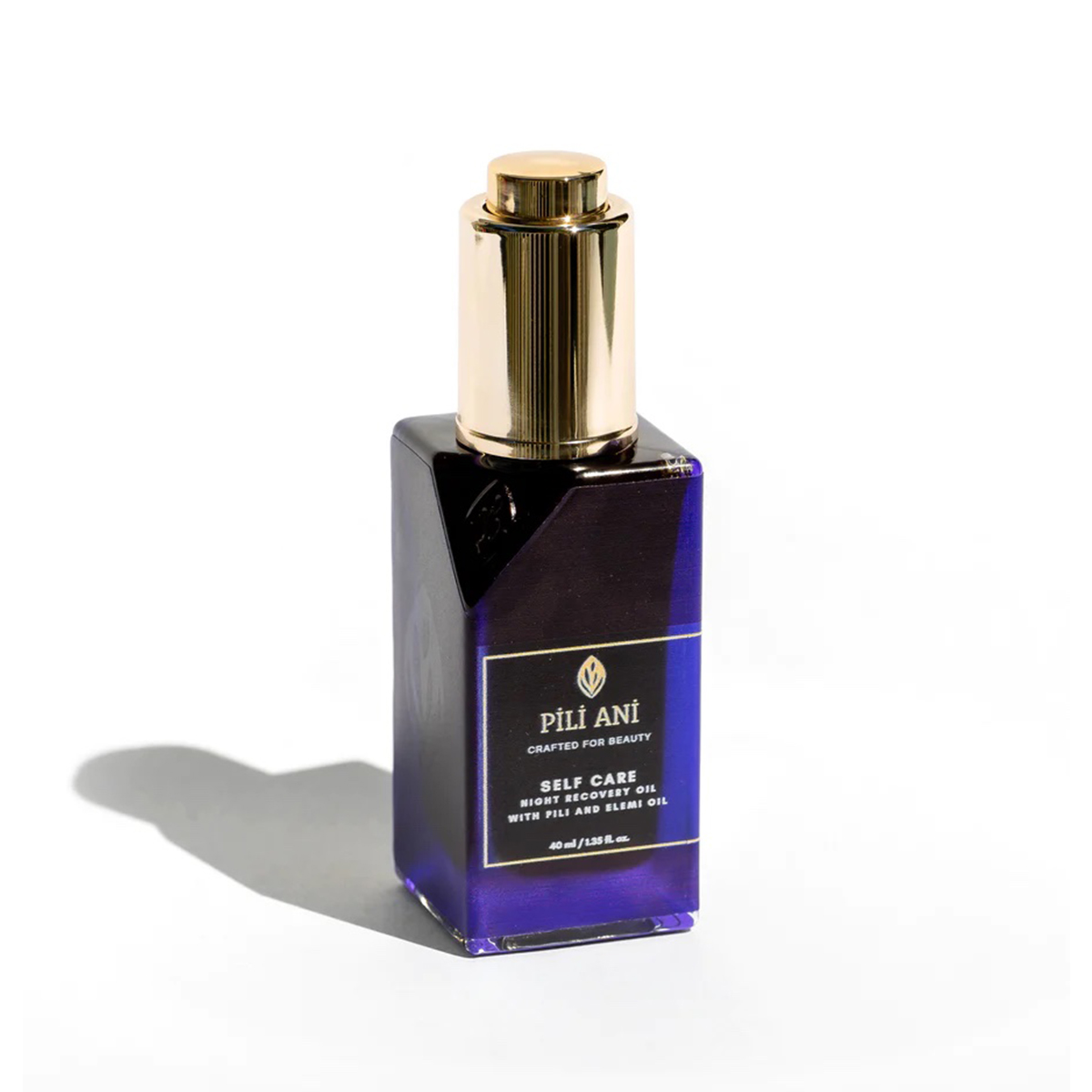

I’m still adjusting to having drier skin, but incorporating face oils has helped tremendously. The thing is I really didn’t need to wait this long, even when I was afraid using them would contribute to breakouts. “Oils have had their fair share of PR problems for those with acne-prone skin,” says Ava Shamban, a board-certified dermatologist in Beverly Hills. “There actually was a comedogenic scale established in the ’70s by a renowned dermatologist, Albert Kligman, MD: The higher the number, [the higher] the potential for comedogenicity.”
Shamban says that while the scale is far from perfect and not without its controversy, it is a guide. “These comedogenic ratings measure the raw ingredient alone, not its final form, so even those ‘good oils’—if mixed with other highly comedogenic ingredients—are all but guaranteed to clog,” she explains. “The myth remains that acne-prone needs to be oil-free—but this is a misnomer. While not all oils are user-friendly for all skin types, we need to move past the notion that acne-prone patients cannot use any face oils.”
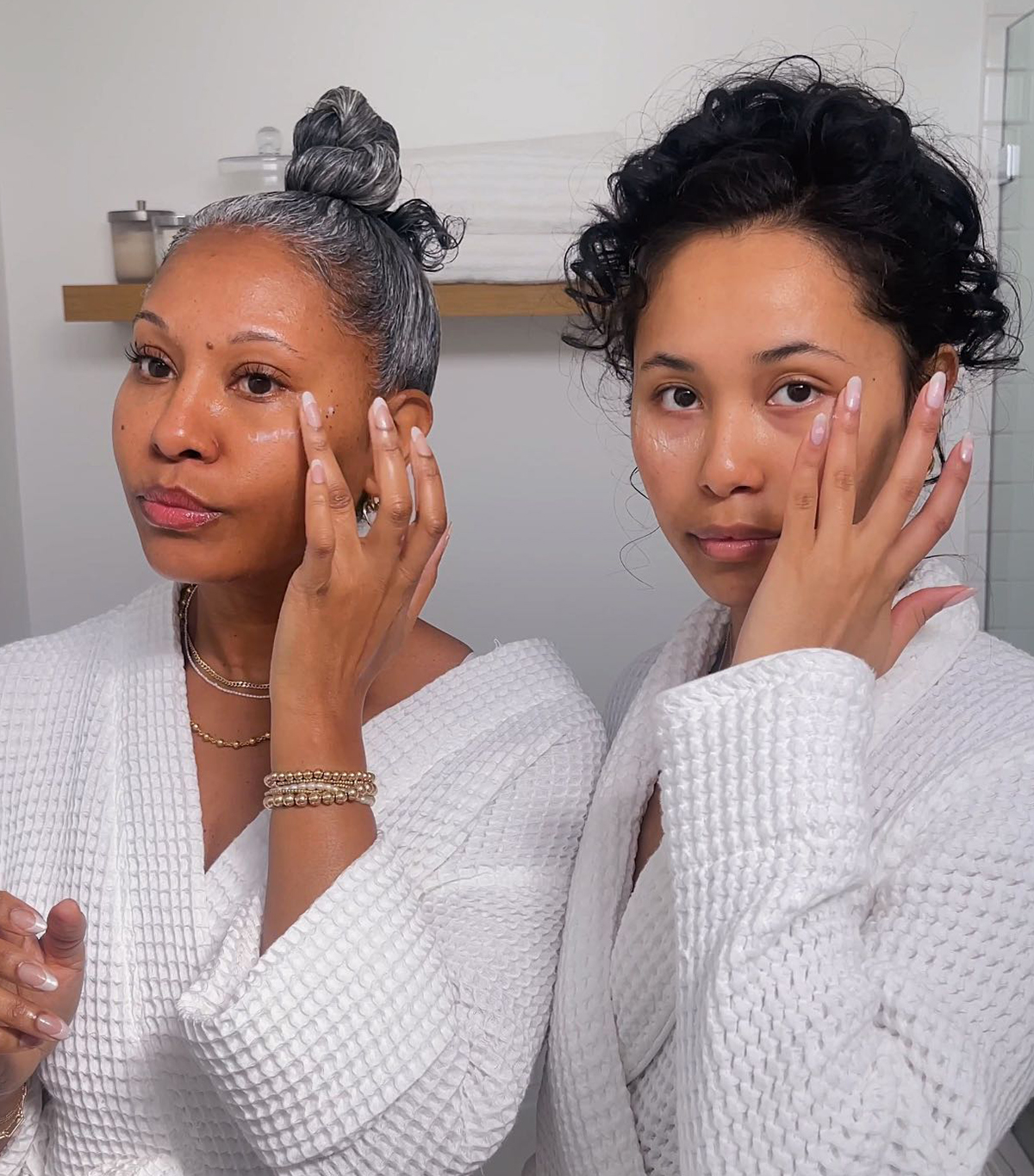
Shamban says that molecular size and weight, attributes, and benefits for some oils will help to balance skin and that some oils are actually good clarifiers. Others can strengthen the skin barrier, seal in moisture, and fight bacteria that can cause acne, she says. “There are plenty that can work for acne-prone skin, and others are the gentle, ideal carrier oils to the skin,” explains Shamban. “Rosemary, marula, hempseed, ylang-ylang, grape seed, camellia, sage, lavender, manuka, jojoba, sandalwood, tea tree, rose hip, sea buckthorn, evening primrose, tamanu, and squalane are all usually good choices.” The ones that should be avoided, she says, are mineral oil, coconut oil or a derivative, cocoa butter, and lanolins.
Another tip? She recommends prioritizing formulas with very few ingredients, but may blend in with and include retinol, salicylic, hyaluronic acid, or glycerine, as these can keep skin hydrated, balance and stop excess oil production, as well as prevent the skin cell buildup that causes clogging. Overall, Shamban says it’s best to go low and slow, which is what I’ve been doing.
I’ve started with mixing the oil with my moisturizer and spot treating—another suggestion from Shamban—by avoiding my nose and targeting the drier parts of my face, like my cheeks and forehead. While I’m still bummed that my skin is drier overall, I am happy that I finally got over my face-oil phobia. And even better? I haven’t broken out since.
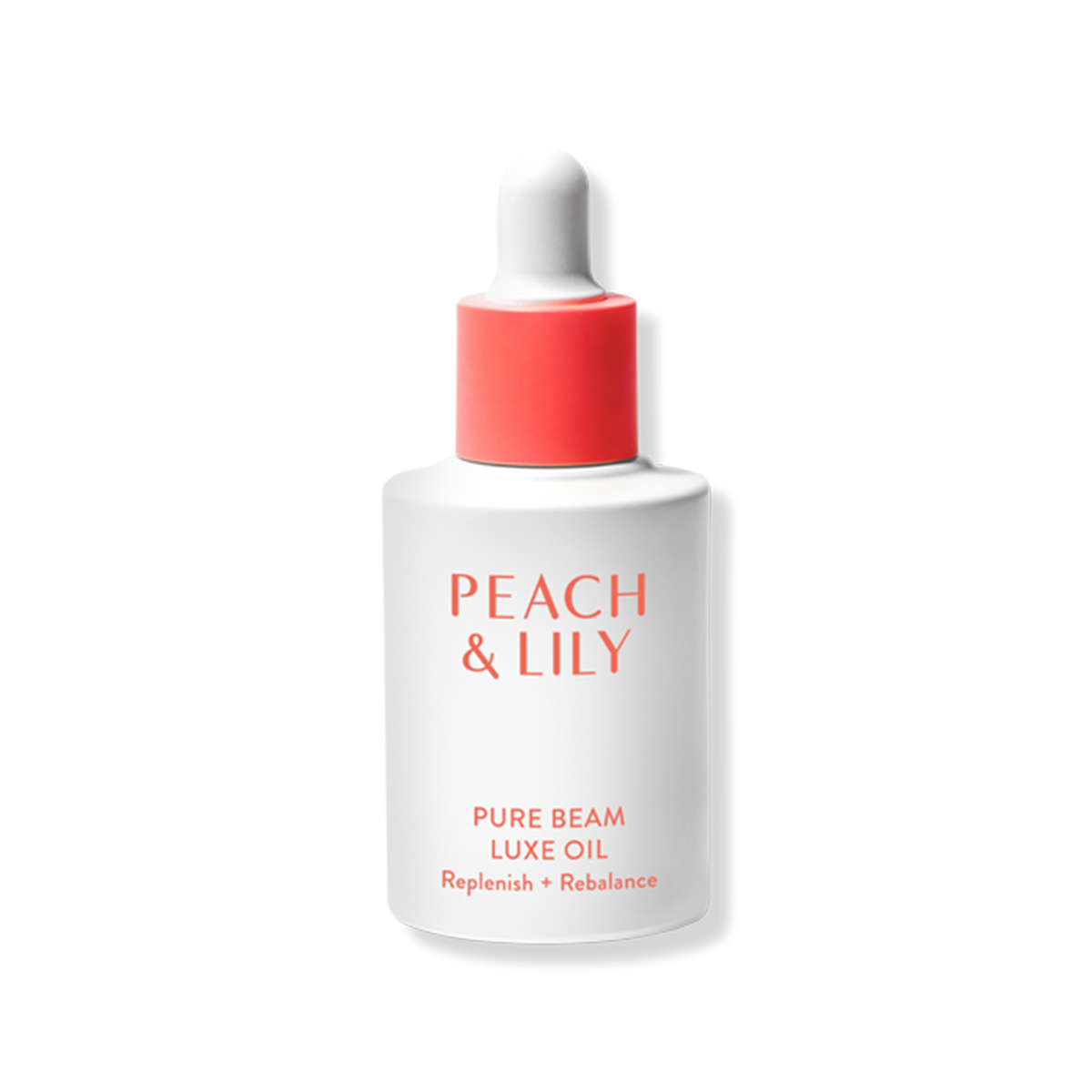
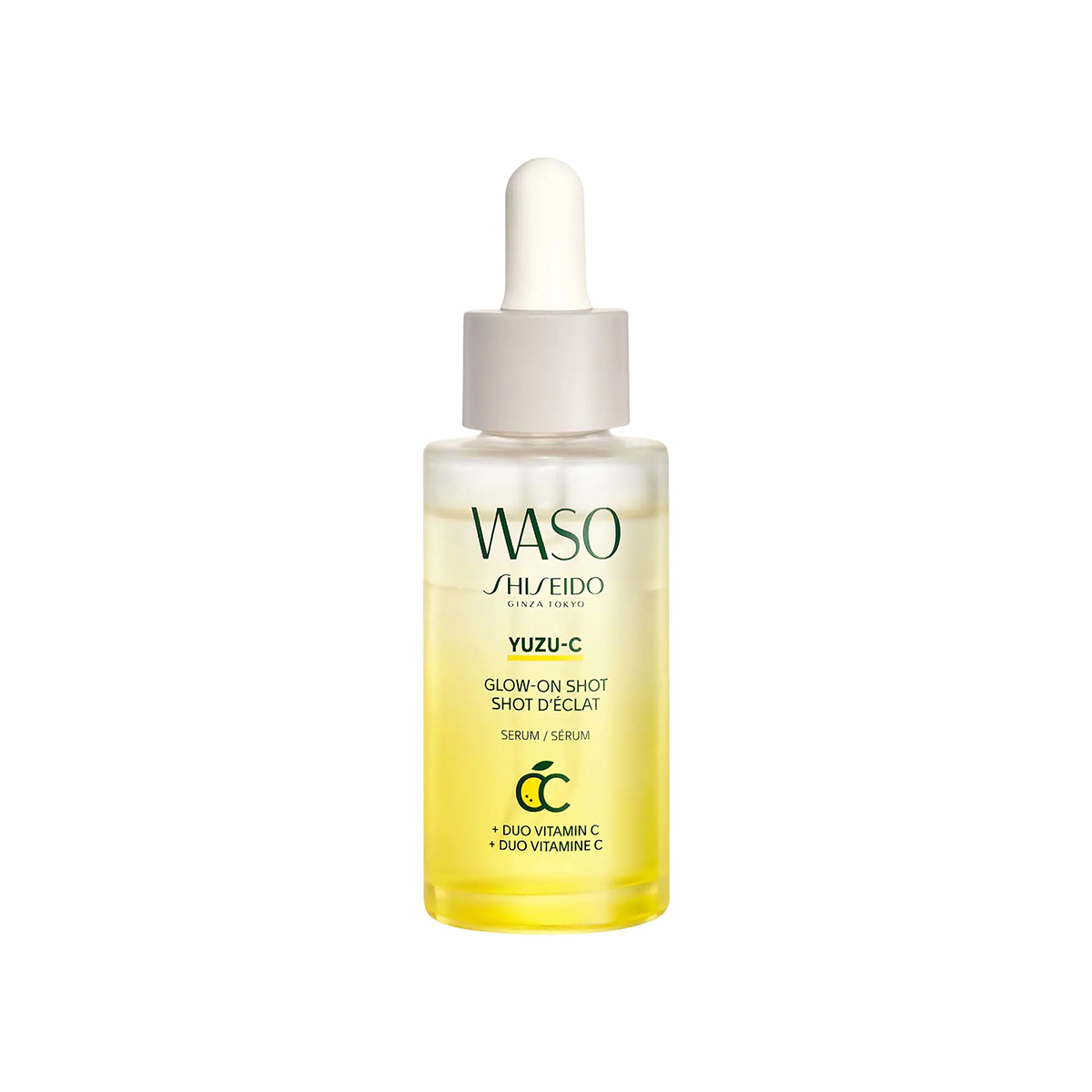
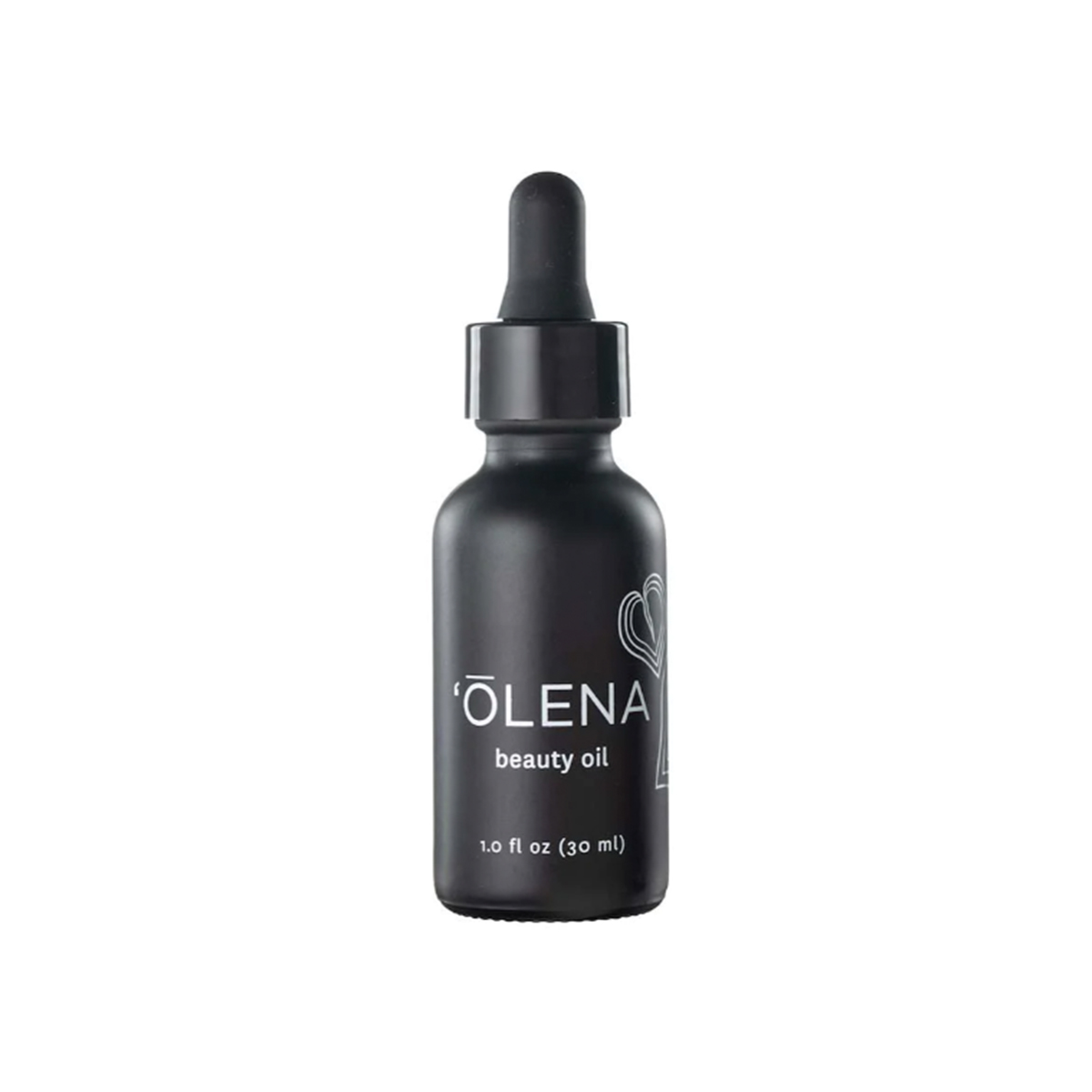
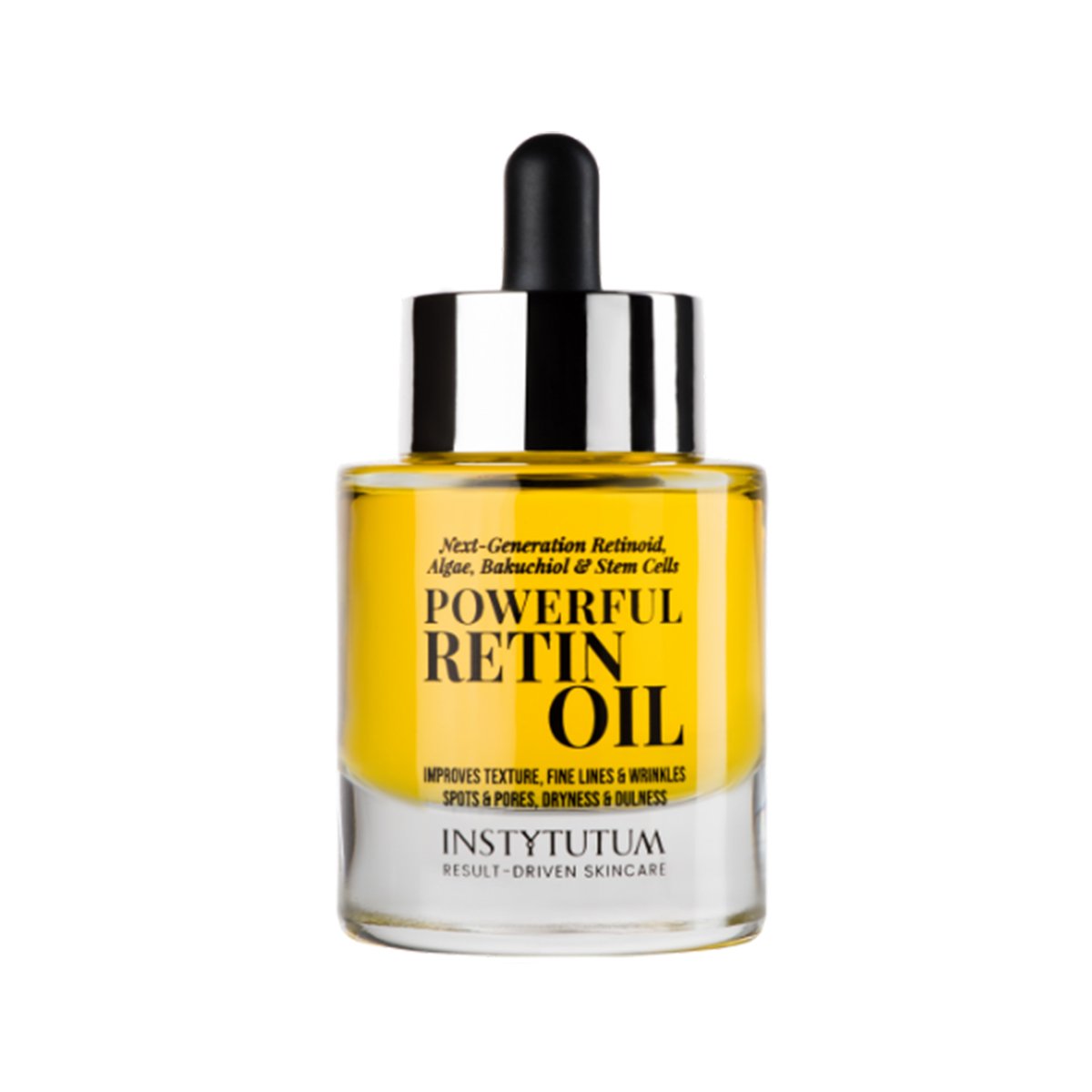

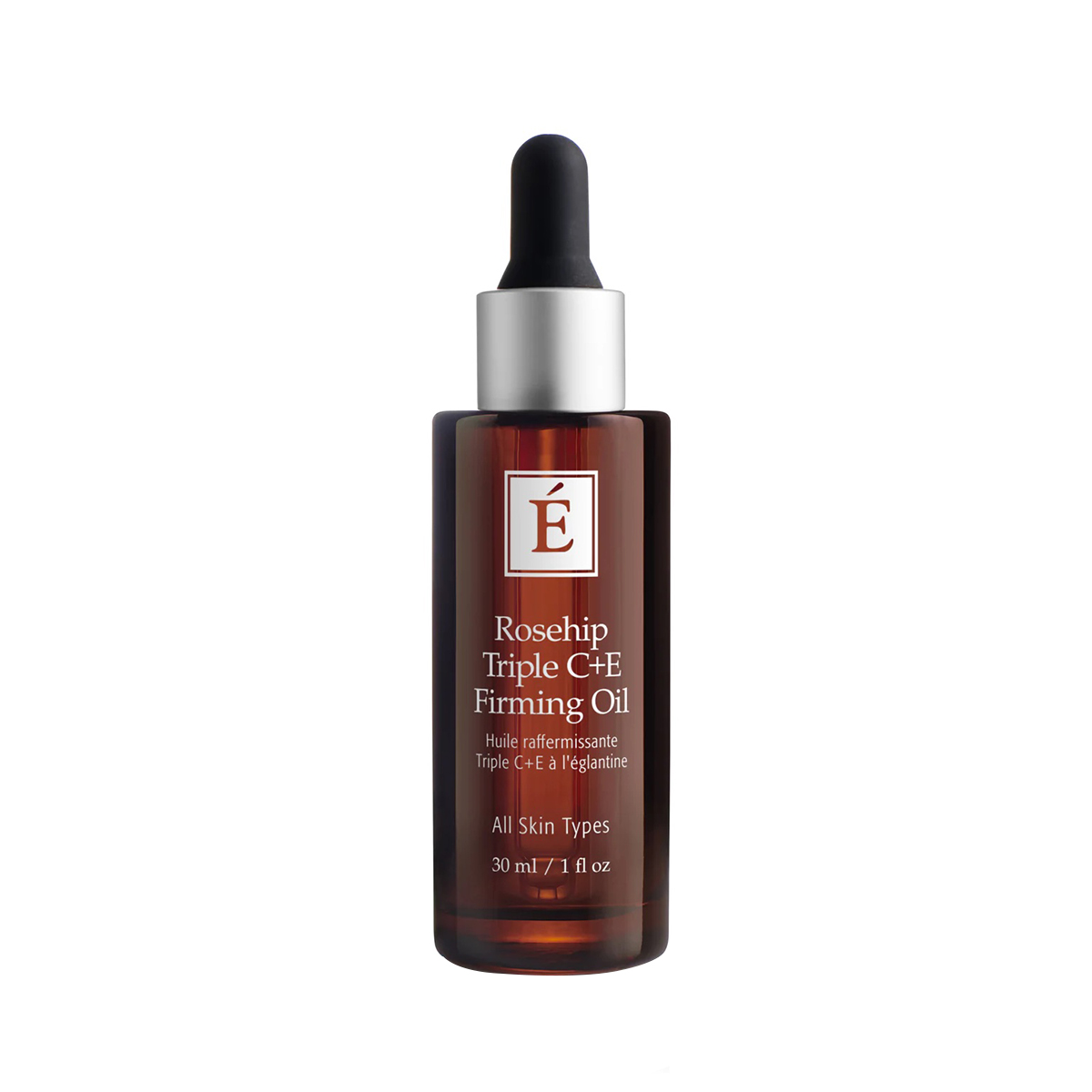
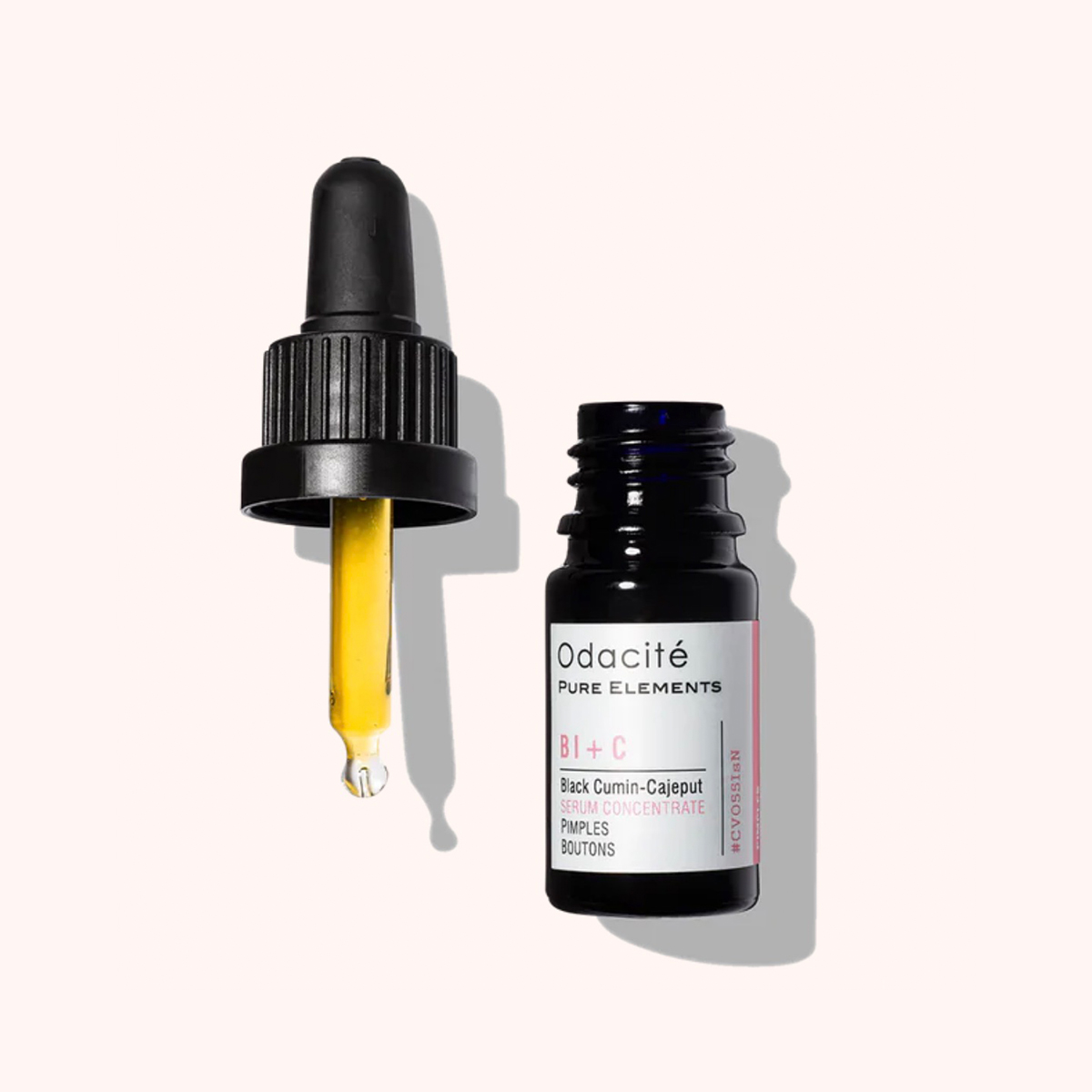
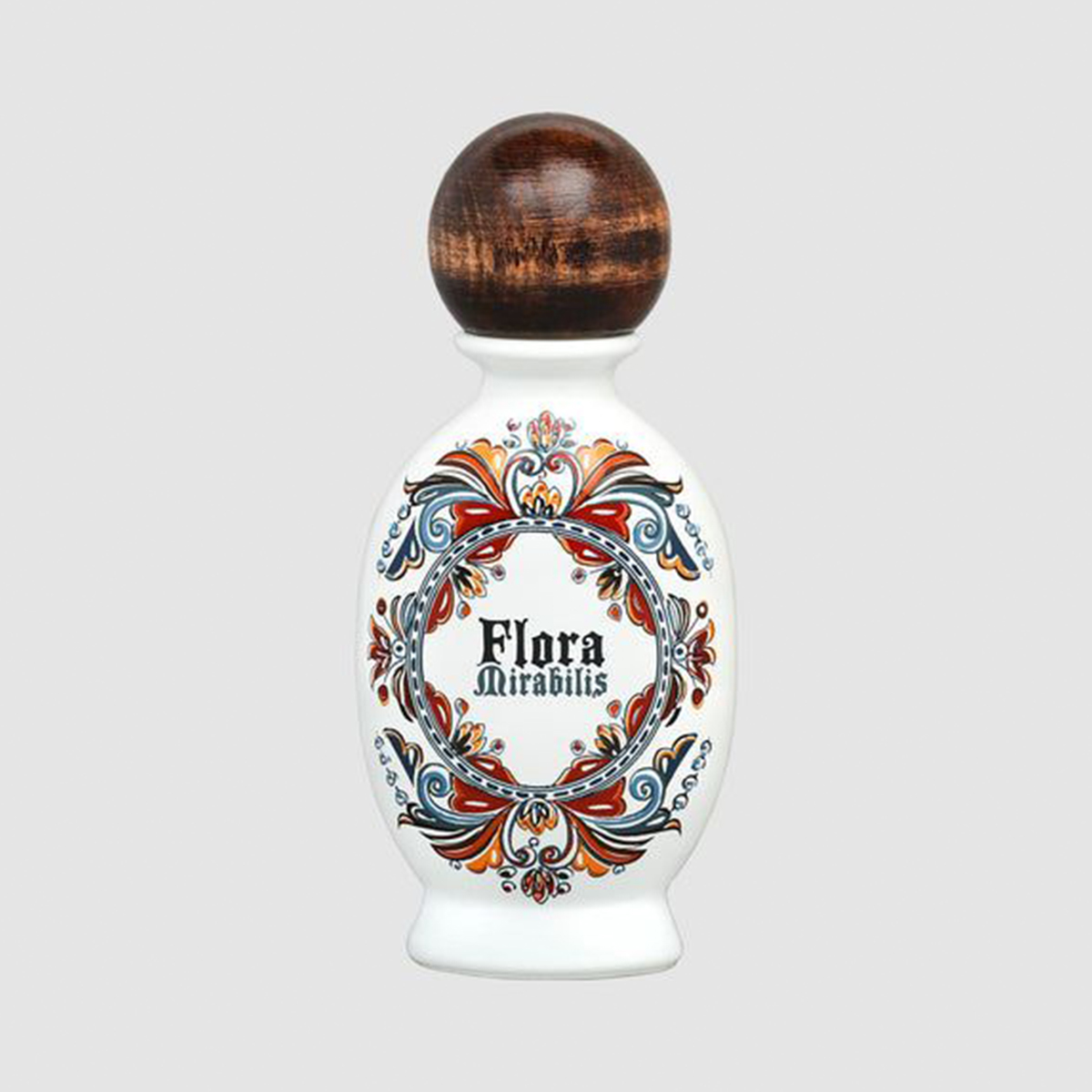
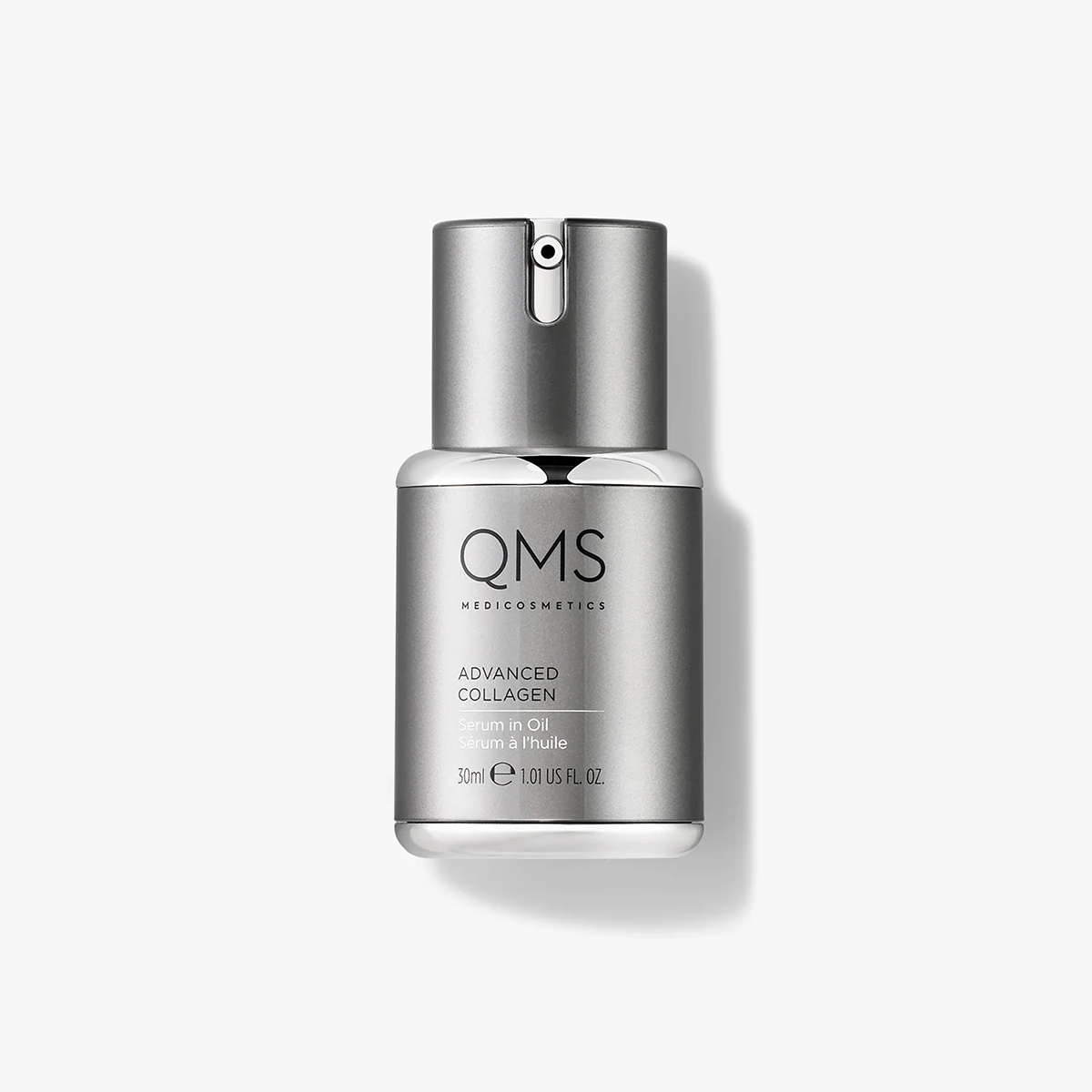
Up next, I Have Access to the Most Expensive Skincare Products in the World—14 I Love Under $40

 Landwebs
Landwebs 







